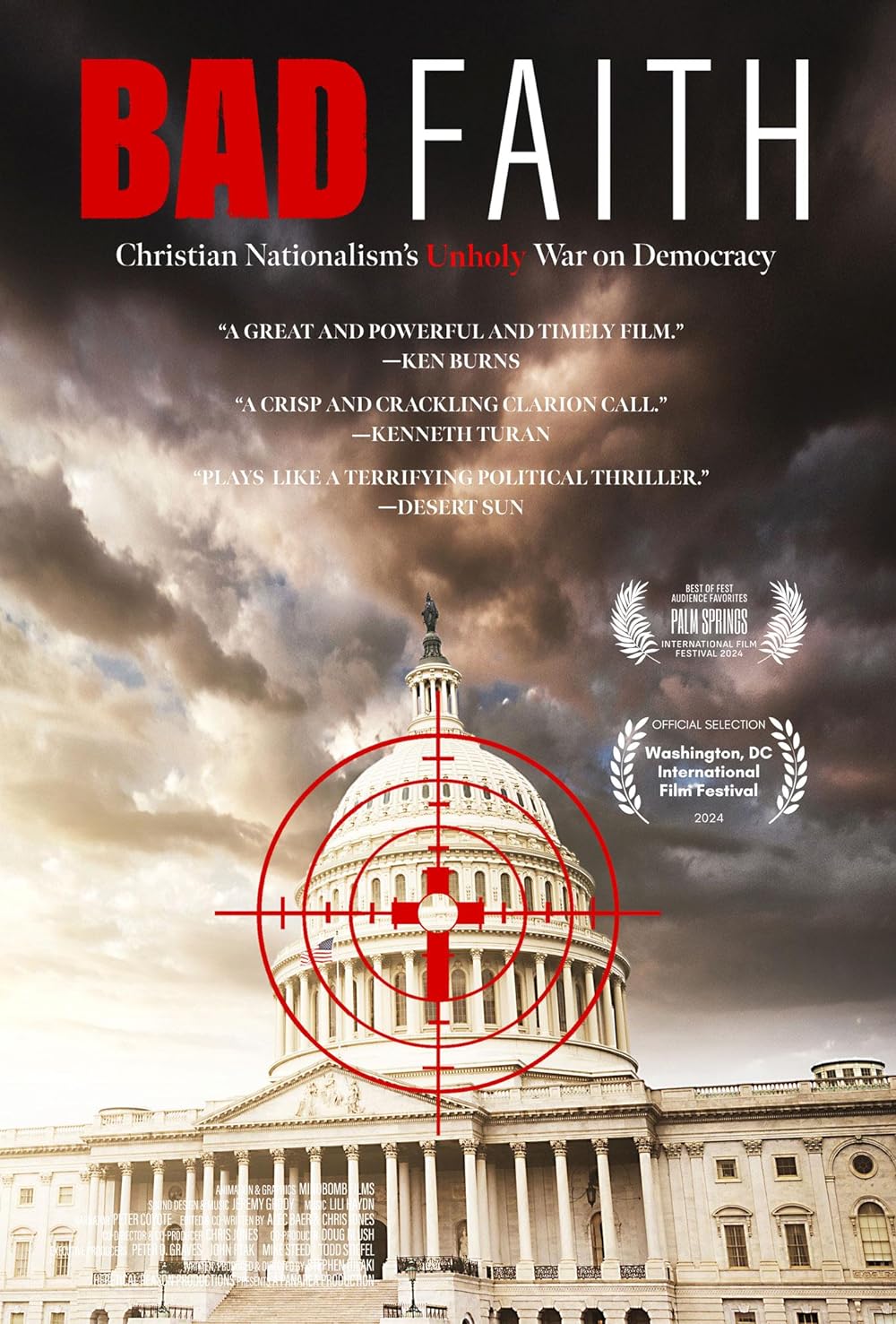Intolerable Cruelty
Posted on October 7, 2003 at 7:35 pm
A-| Lowest Recommended Age: | Mature High Schooler |
| Profanity: | Strong language for a PG-13 |
| Nudity/ Sex: | Sexual references and situations, no nudity |
| Alcohol/ Drugs: | Drinking and smoking |
| Violence/ Scariness: | Comic violence including shooting, character killed |
| Diversity Issues: | None |
| Date Released to Theaters: | 2003 |
In Bringing Up Baby, a psychiatrist explains that “The love impulse in man frequently reveals itself in terms of conflict.” That idea may not always be true of romance, but it is at (where else) the heart of romantic comedy. That conflict is metaphor for the two steps forward-one step back or sometimes one step forward-two steps back progress of intimacy. The outlandish situations are a metaphor for the loss of control as we allow ourselves to become vulnerable (there’s a reason it’s called “falling” in love). And all of that can be fun to watch.
The Coen brothers have produced their first all-out romantic comedy, a throwback to screwball classics like The Lady Eve and The Palm Beach Story, with glamorous people trading wisecracks in escalatingly crazy situations. And that is fun to watch. Lots of fun.
George Clooney plays Miles Massey, a take- no-prisoners matrimonial lawyer who specializes in persuading juries to give everything to even the most apparently guilty spouses. The first thing we see of Miles is is teeth. He is having them whitened. Troughout the movie, he keeps checking his teeth. Miles is the lawyer as pitbull.
Wealthy Rex Rexroth (Edward Herrmann) is not just apparently but actually guilty of adultery. His wife Marilyn (Catherine Zeta Jones) has hired a private detective (Cedric the Entertainer) who filmed Rex at a motel with a girlfriend. Miles, despite finding Marilyn the most enthralling woman he has even seen, manages to win the day for Rex, leaving Marilyn with nothing.
Marilyn finds another rich husband (Billy Bob Thornton) and goes to Miles to get the legendary “Massey pre-nup” which has “never been penetrated.” It is an agreement to forego any claims on her new spouse’s assets if there is ever a divorce. “Only love is in mind if the Massey is signed.” Miles, knowing that Marilyn is up to something but not able to figure out what, has finally met a woman as devious as he is. He is utterly smitten.
Before it is over, in classic romantic comedy fashion, everyone will be turned upside down. It is pitbull Miles who gets bitten, literally and figuratively. And Rex may be “nailed” by one video, but a very different video will nail Miles as well.
The entire cast is just plain magnificent, tossing off the Coen brothers’ trademark corkscrew dialogue with just the right mix of understatement and deadly accuracy. It is an affectionate salute to the conventions of the classics — it even has a spit take — but it is contemporary enough for a Clarence Thomas joke and a rendition of “Bridge Over Troubled Water” played on bagpipes. Like the classic screwball comedies by Preston Sturges and the rest of the Coen movies, there are a bunch of colorful supporting characters, particularly Cedric the Entertainer as the detective and a hired assassin named Wheezy Joe (Irwin Keyes). Clooney and Zeta Jones turn in two of the finest comic performances in recent memory. Part of it is sheer physical grace. Clooney owns his moment by the way he adjusts his cuff and cocks his head as he meets with his new client. Zeta Jones owns hers by walking down the stairs. Both are triple threats with impeccable comic timing, frst-rate acting talent and all the movie star magic in the world as well, which keeps their characters both real and sizzlingly sexy.
Parents should know that the movie has some mature material for a PG-13, including adulterous situations and some mildly kinky sexual references (nothing explicit and no nudity). It has strong language for a PG-13. There is comic violence that includes guns and one character is killed. Families who have dealt with painful divorces may not find the depiction in this film very entertaining. Some viewers may be disturbed by a character who is very ill. The characters are greedy, manipulative, and unethical, all played for humor.
Families who see this movie should talk about why independence was so important to Marilyn and why she thought that marrying a wealthy man was the only way she could achieve it. What do you think will happen to Marilyn and Miles next?
Families who enjoy this movie will enjoy Preston Sturges classics like The Lady Eve and The Palm Beach Story along with other inspirations for this film, including My Favorite Wife (and the remake, Move Over Darling) and The Awful Truth. Fans of dark comedies about greedy characters will enjoy Ruthless People. Fans of this film will also enjoy the Coen brothers movies The Hudsucker Proxy, inspired by classic Frank Capra movies of the Depression era, and The Man Who Wasn’t There, inspired by the films noir of the 1940’s. They might enjoy the unforgettably creepy John Collier short story The Chaser, which inspired a classic episode of the Alfred Hitchcock television series.






